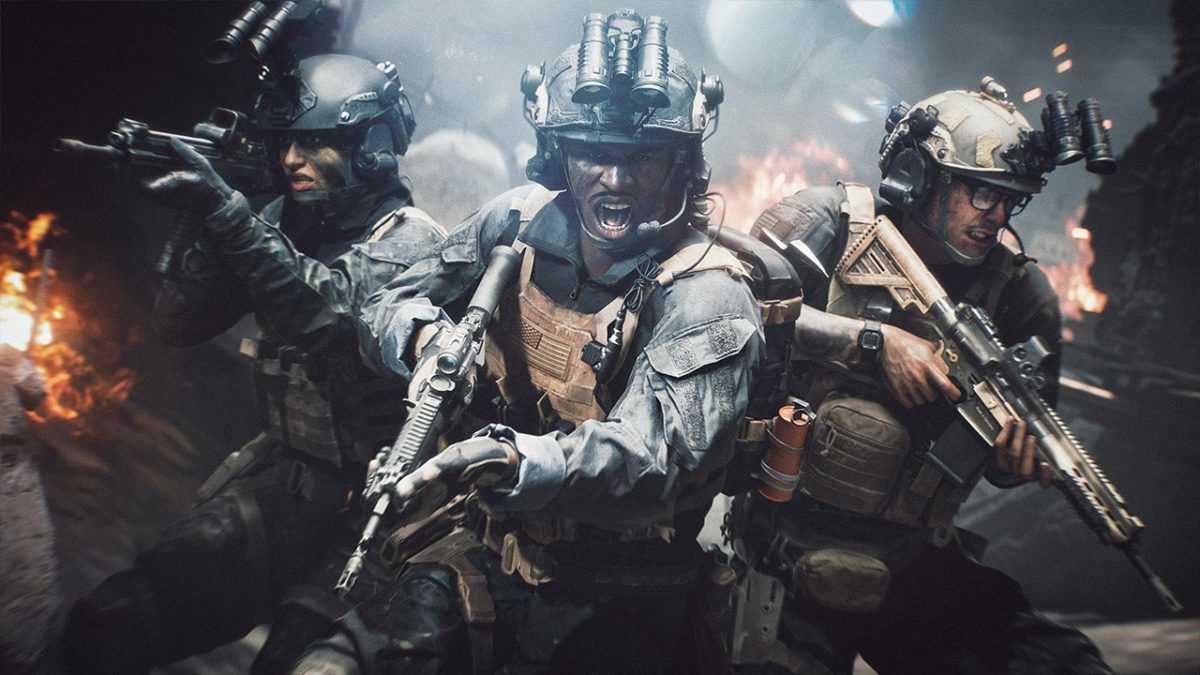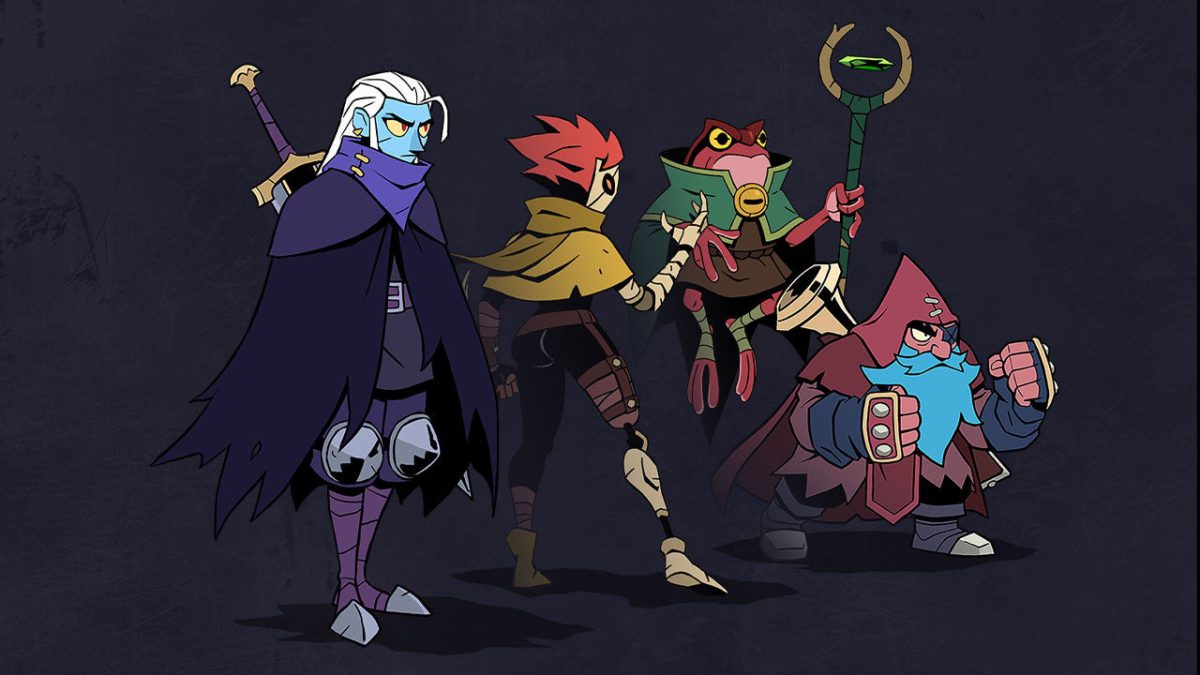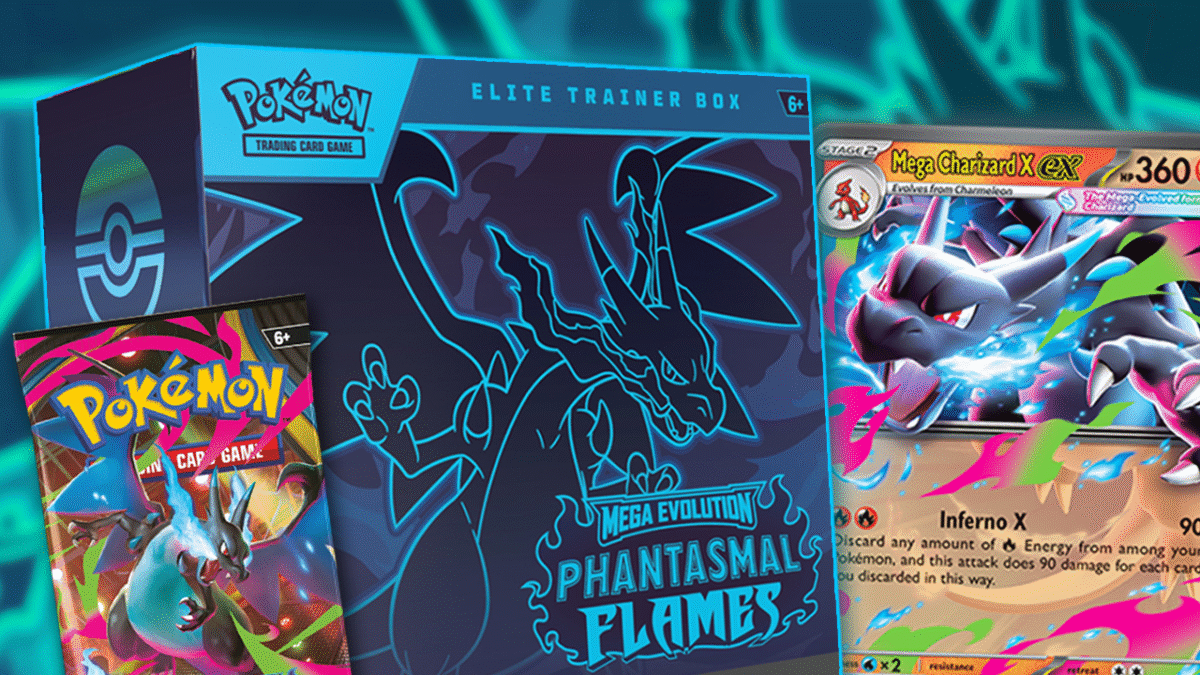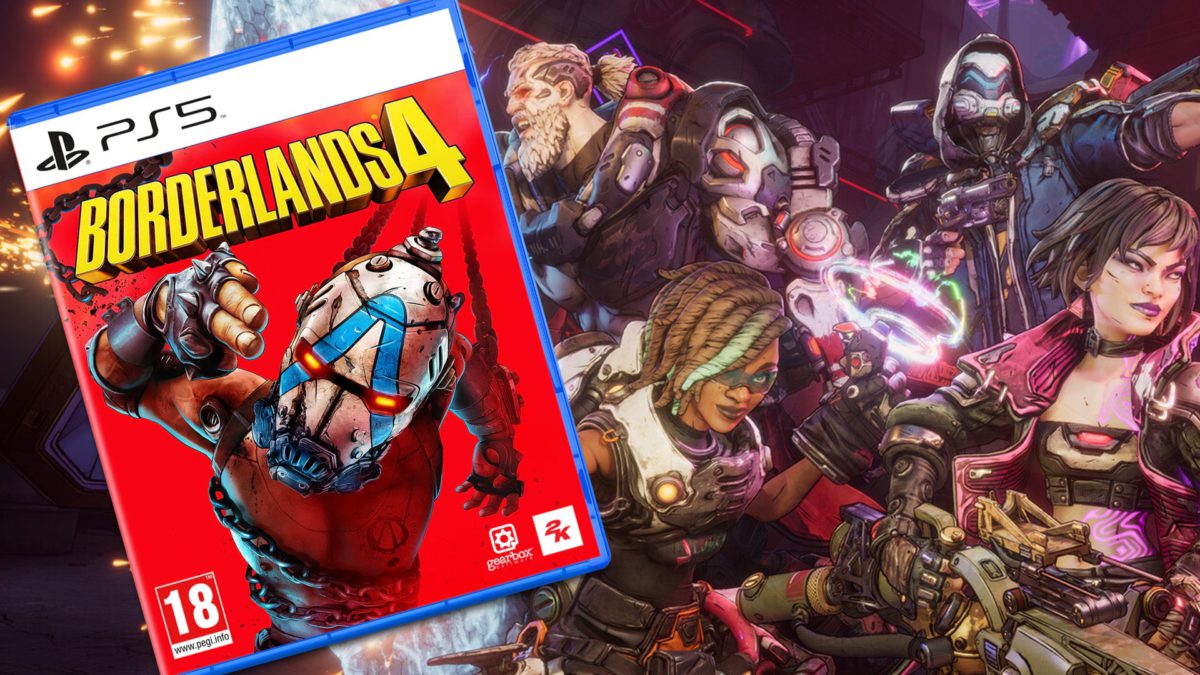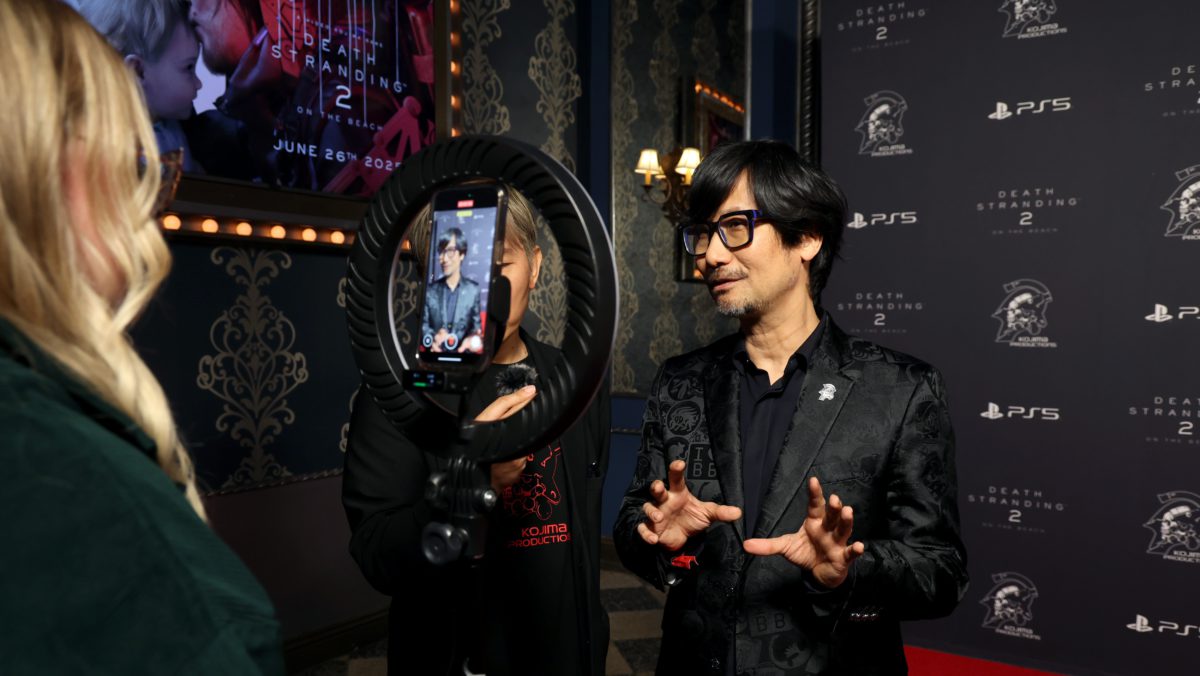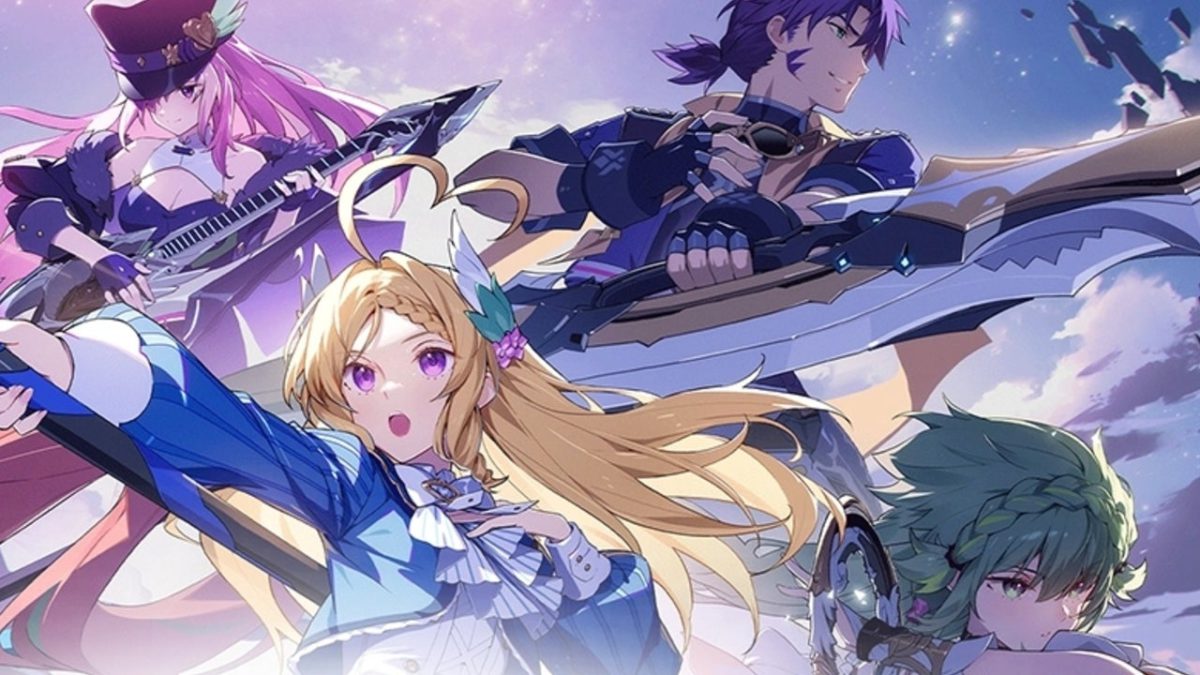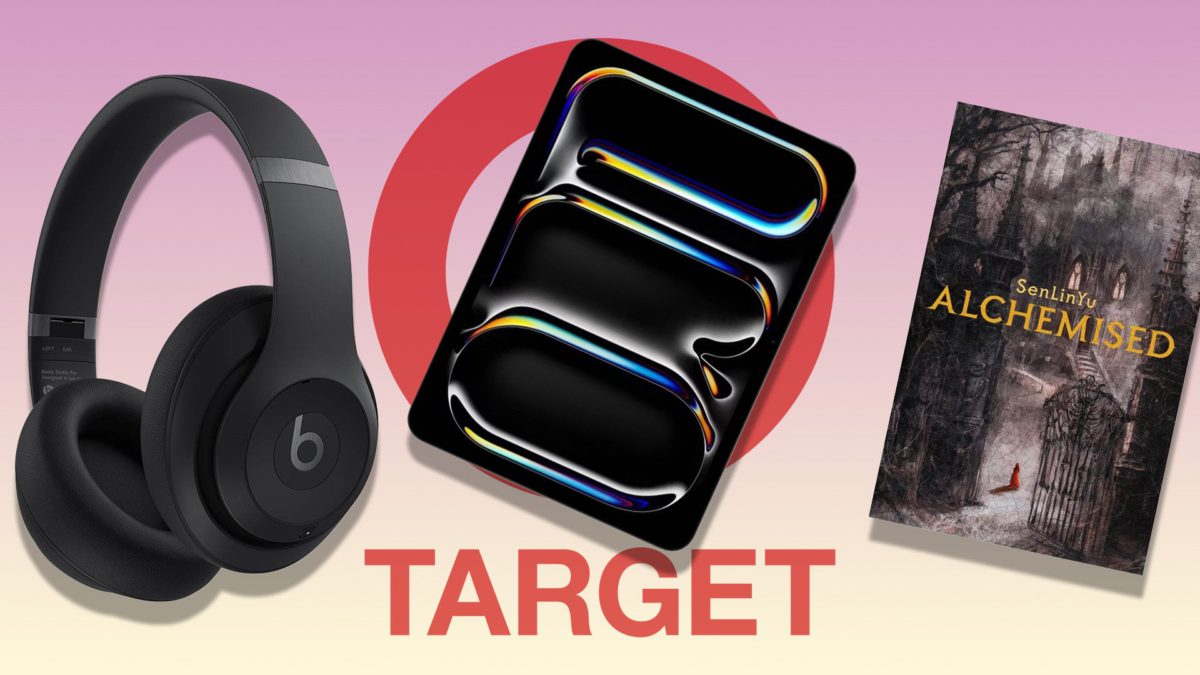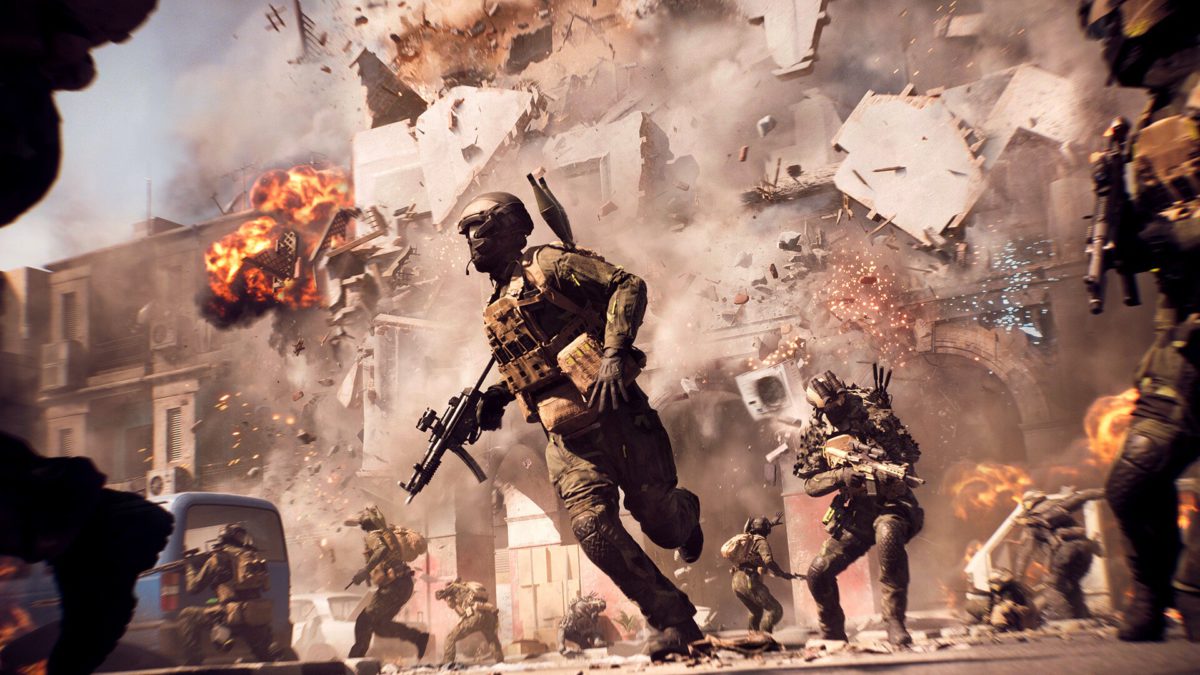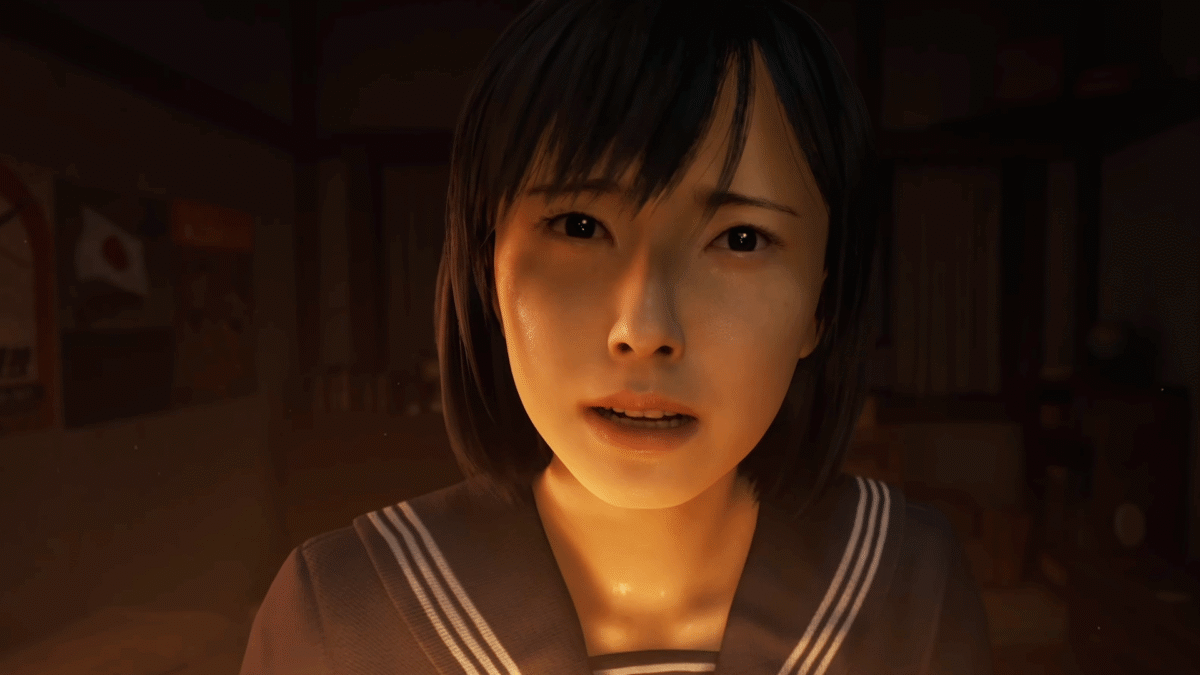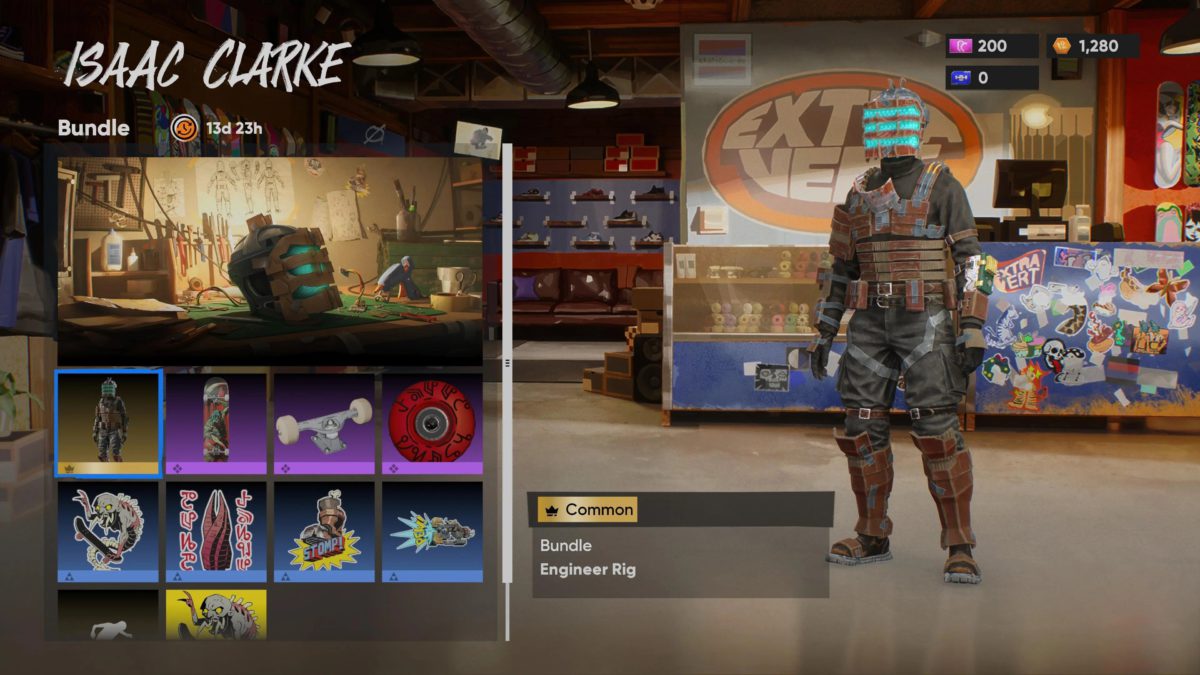
It’s been seven years since the last Battlefield campaign. A decade since the last one set in the modern day — the intriguing, but ultimately flawed Hardline. In that time, Doom and its sequels took the speed of a single-player first-person shooter to the next level, Titanfall 2 pushed level design forward in inventive ways, and even Call of Duty reinvented itself on several different occasions to varying degrees of success. But Battlefield 6 has little interest in innovation, instead firmly looking back at what made the series so successful two console generations ago. Aside from being an impressive technical showcase at times, its small set of routine missions has little new to offer. There is some variety and a few moments of impressive scale to be found, but it’s all over so quickly you barely have time to savour them. Though it never quite feels like a full-on afterthought, it’s a campaign that comes across as the sidearm of Battlefield 6’s arsenal when placed alongside its more grand multiplayer suite.
Across its nine missions, Battlefield 6 zips around at a furious pace, but I couldn’t help but feel that I’d done it all before, albeit at much lower fidelity. It’s flashy, but lacking when it comes to genuinely interesting level design, with its great feeling gunplay not supported by what you’re asked to achieve with it. On one hand, it makes sense for Battlefield Studios to take this approach and treat the campaign as a training ground for its trademark large-scale online warfare — the pure size and number of enemies that flood the screen in its missions are certainly in conversation with this. But in the other palm, it crushes all hope of crafting a thrilling story that has the chance of stepping out of the shadow cast by those multiplayer modes.
That’s not to say there aren’t splashes of inspiration. A particular highlight was a sequence that takes place on a crumbling New York bridge. It’s at least visually interesting, even if it offers no great variance in what it’s asking you to do gameplay-wise. There’s just no one mission that screams out as an all-timer here, even if there are attempts to ape Modern Warfare’s Clean House — which fails to capture any of the desired tension — or its own version of a Normandy landing as you storm a Gibraltar beach. It’s, oddly, very much a ‘Call of Duty’ campaign in its map and objective design, and struggles to stamp much of the signature Battlefield large-scale action that made me fall in love with the series. I find it frustrating not to see risks being taken creatively, especially when such a vast budget is available to fuel such ambition.
One later chapter set amongst the mountains of Tajikistan does take place in a wide open area and echoes the multiplayer roots of the series, as you’re encouraged to take your own approach when completing the task at hand. In theory, this could be exciting, with all manner of airborne and ground vehicles ready to be controlled at your fingertips and a vast library of weaponry and gadgets to gear up with. In practice, it presents as more of a thin veneer of choice rather than drastically different ways to tackle objectives, with the range of tools at your disposal kept frustratingly limited. You’re given a drone to play with and a choice of ATVs and armored trucks to drive, but little beyond that. I’m just not a fan of this larger map approach when it comes to first-person shooter campaigns, much preferring an authored hand to level design, rather than being handed a box of crayons to make my own fun with. These stretches are worryingly close to Modern Warfare 3’s “open combat missions” at times — a memory I never wanted to relive, yet again so soon after, but at least they do feel philosophically more at home as Battlefield arenas.
Thankfully, these don’t make up the majority of the campaign, but what’s found in its smaller scope staging isn’t any more exciting. You’ll often find yourself hunkering down in tight city streets or behind hulking tanks, waiting for the right opportunity to pop your head out. A run-and-gun mentality simply isn’t welcomed here, with a patient, cover-based approach encouraged — the gunplay is snappy at least, with a satisfying weight to it whenever you do choose to open fire. Assault rifles and LMGs pack a powerful punch and serve as efficient tools when faced with another wave of enemies, and sniper rifles are satisfingly devastating — even if the enemy AI displays little brain to blow out. It gets especially exciting when the impressive destruction tech takes a chunk out of the building you’ve been finding solace in, and you’re forced to scramble to another safe haven. These claustrophobic moments of true jeopardy really are all too rare, though, as for the most part, the campaign is reduced to rinse and repeat objectives that were getting old in FPS campaigns a decade ago.
Having one mission include a sequence where you need to destroy anti-aircraft guns or SAM sites can be forgiven, but doing this on more than three occasions is just downright boring and grinds any gathered momentum to a halt. There are only so many times planting C4 can be considered a fun time, and all too often, you are tasked with standing still amongst the action and pressing a single button in order to continue. On multiple occasions, I was asked to watch some explosions that I didn’t even get to set off take place, or sit in the back of a speeding vehicle and control a mounted turret that only gives you a mild feeling of being responsible for the carnage on screen. It’s on-rails all too often, taking its most exciting moments out of your hands and displaying them in cutscenes, resulting in much of the campaign feeling like the most straight-faced Disney ride ever built. I wanted to be the star of the show, but I just ended up feeling like a passenger.
An early mission that takes you through an abandoned WW2 tunnel network-turned-museum to the decades-old war serves as an unfortunate symbol for the campaign as a whole — a relic of first-person-shooter design dressed up in a new guise. Being funneled through corridors towards the next static shooting gallery to gun down fish in a barrel is hardly exciting in 2025, and it barely was 20 years ago. Outside of a series of tank battles as dry as the desert roads they take place on, it attempts to sprinkle very little of that Battlefield magic into the mix, largely negating environment destruction as part of your toolkit and never once putting you in control of an airborne vehicle. Is it really Battlefield if I’m never zooming along in a fighter jet or unleashing hell from a helicopter gunship?
There’s a slight glimmer of tactical ops magic to be seen, as you can call on your squadmates to activate their personalised skills to help you in a fight. They each come packed with their own multiplayer-class-flavoured abilities, such as Gecko, the recon specialist, being able to tag targets, which, admittedly, does make certain situations ridiculously easy, as every enemy in the area is revealed to you instantly. Ultimately, though, each member ends up playing practically the same and feels like another missed opportunity to add a dash of variety into the mix.
They each fall under the banner of an expert Marine Raider squad called Dagger 1-3 — an unfittingly sharp name for such a dull bunch. On the whole, they’re a fairly cookie-cutter military unit who love nothing more than getting their boots on the ground and shouting “hooah”, with memorable character moments near non-existent. The performances and the shells of humans they inhabit are wholly forgettable, barely coming across as fully formed, and it’s hard to detect any sort of emotion, even when one of their own falls in the line of fire. Nuance is hardly the name of the game when it comes to Battlefield 6’s campaign, though, and its story, centered on taking down a rogue private military force called Pax Armata (ironically, Latin for Armed Peace), proves to be anything but a peaceful one.
It’s a fairly straightforward affair that doesn’t leave too much room for interpretation. For a military shooter about the collapse of NATO, it’s all oddly apolitical in its presentation, and as such, it feels like it has nothing of real substance to say. It’s safe, and as a result, largely uninteresting. At least Call of Duty has attempted to take on subjects such as chemical warfare and terrorism, even if they’ve ultimately been misguided efforts that come across as antithetical to its larger message. It’s not easy to present such important themes delicately, so I can understand why Battlefield Studios may have felt like trying to fire and catch a bullet laced with hot-button issues may have been a risk not worth taking when it could simply choose not to pull the trigger at all. It just means it doesn’t have anything to say on a global or personal level, and all feels a little hollow as a result. It’s a far cry from when the series did tell some engaging tales through the eyes of fun characters in its Bad Company days.
I did also fall victim a few annoying little glitches on the way, such as my character zipping across the screen involuntarily, fuzzy textures popping in, and occasional bullets aimed right at enemy heads leaving zero impact. But on the whole, there’s no denying that it looks and sounds very impressive, with spectacular explosions peppering skylines and gunfire whizzing and cutting through smoke and debris as mayhem ensues around you with regularity. I just wish there was a little more substance hiding behind it all.
Simon Cardy is a Senior Editor at IGN who can mainly be found skulking around open world games, indulging in Korean cinema, or despairing at the state of Tottenham Hotspur and the New York Jets. Follow him on Bluesky at @cardy.bsky.social.

